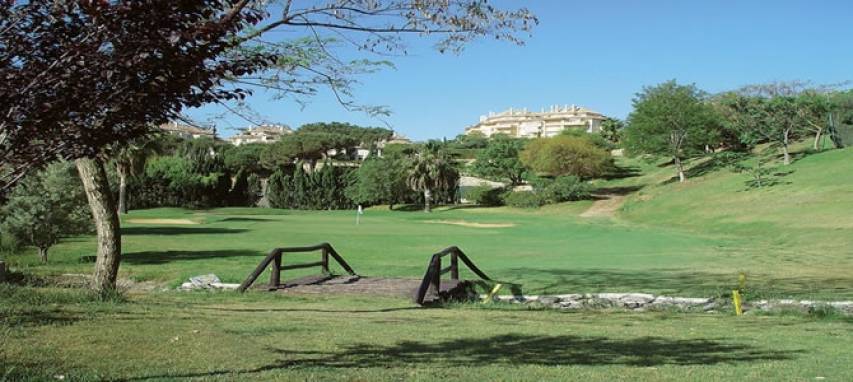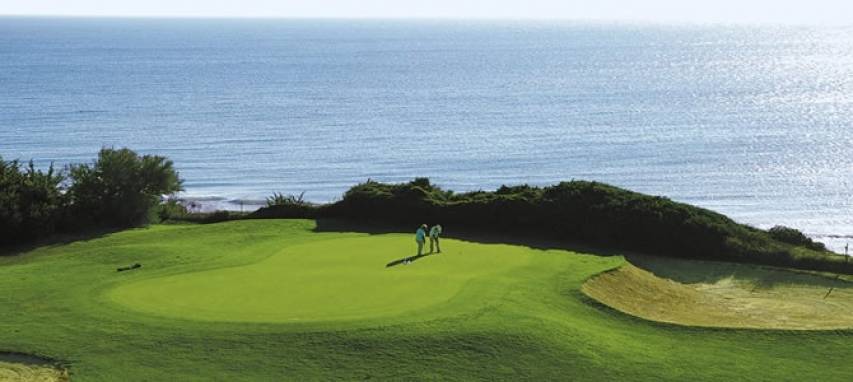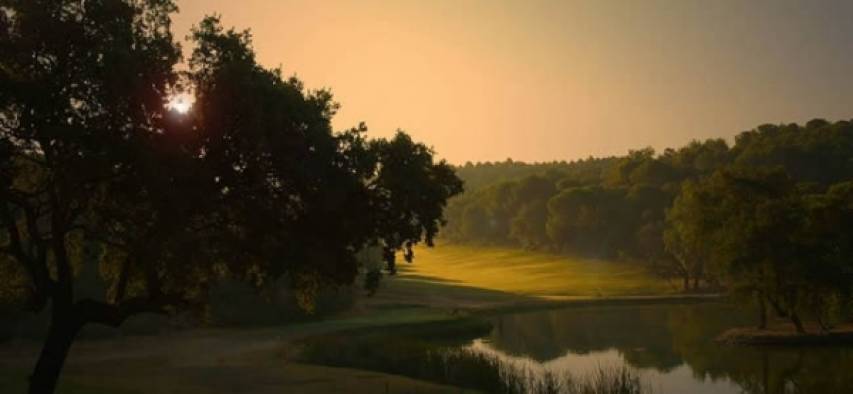"The spectacular ocean views are some of the best I’ve ever seen on a golf course globally"
.
La Hacienda Alcaidesa Links Golf Resort, formerly known as Alcaidesa, will begin its elevation to a luxury golf destination this summer with the reopening of its redesigned Links course. Millenium Hospitality, a company which specialises in the luxury hotel sector across Spain and Portugal, is overseeing a multi-million euro investment which will put La Hacienda on the map as a flagship 36-hole golf resort in southern Europe.
Spearheading the project to reconfigure and redesign the existing Alcaidesa Links – his first project in Europe – is experienced course designer Kurtis Bowman.
Bowman’s career began with possibly his biggest break. He was the first student from Ohio State University to gain an internship at Augusta National Golf Club, the home of the Masters. He then briefly worked as an assistant golf course superintendent at Atlanta Country Club, which hosted the BellSouth Classic on the PGA Tour. He subsequently took the leap into golf course architecture with Jack Nicklaus Design, where he spent the best part of 20 years working on more than 50 golf courses, predominantly across the US and Mexico, before opening his own business in 2016.
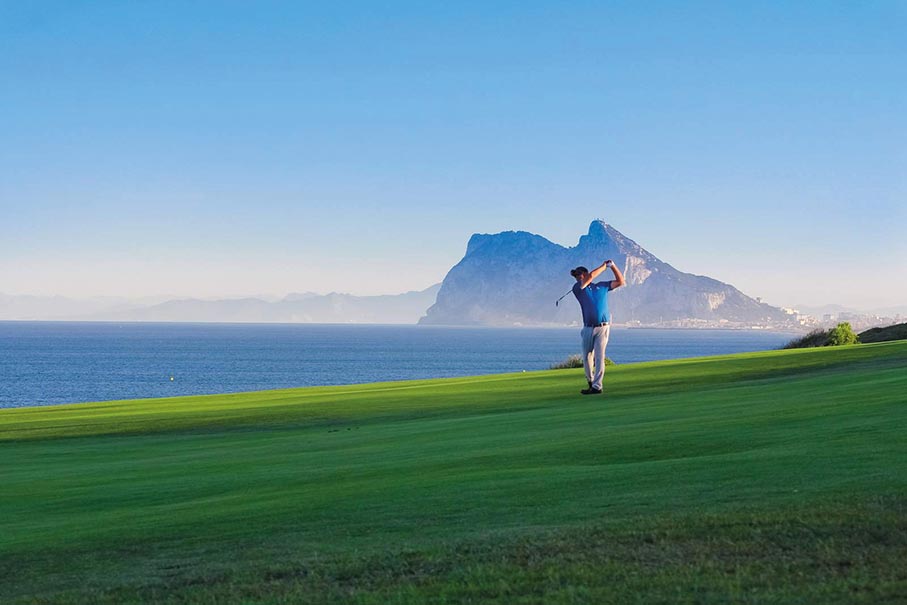
When and how did your involvement in the La Hacienda project come about? What attracted you to become involved?
In my time working in the Dominican Republic, I was introduced to Javier Illán, president of Millennium Hospitality. In 2020, I flew to Spain to visit Javier and discuss his big plans for La Hacienda, and we hit it off straight away. I instantly fell in love with the property and saw the potential. Javier’s vision was exactly what I wanted to hear. He was prepared to give us the necessary budget to achieve what we wanted – which was to rework the entire golf course and dramatically improve it.
It was my first golf course in continental Europe. It was a dream project for a golf course architect, and I was going to do whatever it took to win that project. This is the type of site that can change the trajectory of one’s career.
What were your impressions when you first saw the site and the original course layout?
Obviously, I was taken aback by the spectacular ocean views – some of the best I’ve ever seen on a golf course globally. The fact you can see the Mediterranean from the entire course, as well as the Rock of Gibraltar, just took my breath away.
I instantly saw how much potential the site had – it just needed a more memorable golf course to match the setting. I could tell that the initial course design was put together with minimal budget. It was just a golf course with greens and tees, with no real consideration of the golfers’ experience and how it should accentuate the stunning sea views.
Most people who played it never talked about the golf course itself, just the views. This is something we really wanted to change… if we could create a golf course that matched the setting, then it would be something pretty special.
Where did your inspiration for the new Alcaidesa Links course come from, and have you tried to include any elements of your favourite courses in the world?
My inspiration came from the links courses in California, particularly Cypress Point Club and Pebble Beach Golf Links. When I first saw Alcaidesa Links, I said that this should be the Pebble Beach of Spain! Of course, the site is very different, but it’s definitely the most dramatic ocean-front links course in Spain and, in my opinion, has the bones to be on the shortlist as one of the best golf courses in the country.
One of the biggest differences, though, is that Pebble Beach has some of the smallest greens in America, while Alcaidesa Links will have some of the largest greens in Spain. As I said, I generally tend to prefer larger greens and a variety of sizes. This particularly works on a resort golf course so you can spread the wear, which helps from a maintenance perspective.
Was the brief to make this a really good “resort course” or a challenge for lower handicap golfers?
With the space and land available, this was never going to be a long golf course. We didn’t aim to make a golf course that could hold a men’s major or European Tour event. The brief and objective was to create a golf course that resort guests would like playing, have lots of fun and want to return to over and over again.
I designed a resort golf course that can host tournaments, rather than a tournament course that resort guests could play. This was a directive agreed by the ownership.
It was important to me to give golfers space, especially on a resort course. Keep the golf moving, give them room off the tee, and build most of the greens in a way that allows any level of golfer to roll the ball up.
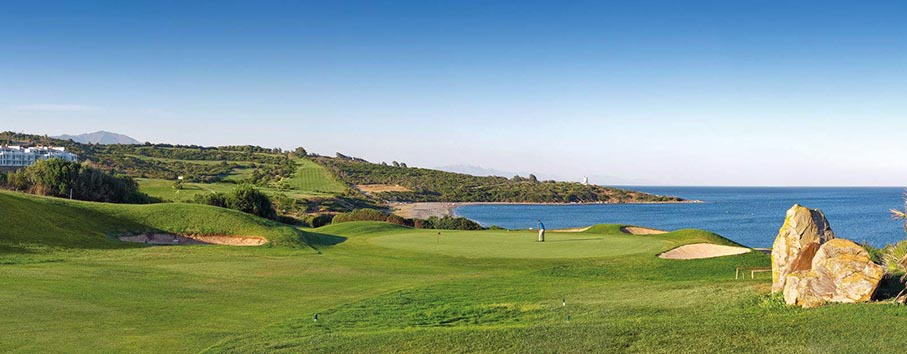
What are the key characteristics of the course, and what are the different challenges that golfers will face? What are the significant changes from the original course?
We built new tees, greens and bunkers to make an entirely new strategy for golfers playing the course. A handful of holes were totally reinvented, particularly on the final stretch coming back to the clubhouse, in part to make room for some of the new developments such as the five-star hotel, but also because some of them needed to be dramatically improved.
I wanted to connect the golf course to the ocean. There were some holes that were close and you couldn’t even see the sea prior to the redesign. The tees were further away and plants would be up to five metres high, blocking the view. Now, we really have a golf course that is benched-in on the edge of the ocean, and there’s nothing else like it in Spain.
The main challenge on the course is the wind, which we carefully considered throughout the design process. One comes from the land, which they refer to in Spain as Poniente, and one comes from the sea, which they call Levante. Depending on which wind you get, the golf course will play dramatically differently. So, one of the things I did with the design was build freeform/ribbon tees, which are basically tees that aren’t totally flat. Some parts are flat but they roll and tumble just like the golf course does. There’s lots of tee space – something we didn’t have before the redesign – which gives the greenkeepers the opportunity to bring them up (Levante) or back (Poniente) depending on the type of wind. Some holes, such as the fourth, are driveable if you get the Poniente wind behind you.
Most of the greens – around 90 per cent – allow golfers to run the ball up on the green, land the ball short and bounce it up on the green like most links courses in the UK. Because the wind is so strong at La Hacienda, these greens don’t have to be maintained to a very fast speed. We actually don’t want them running at 12 or 13 on the stimpmeter as the ball would just be blown away. The way I designed the golf course is with more interesting contours on the greens so they can still be maintained at decent speed, say nine or 10, but golfers can play in the wind without their ball moving on the green.
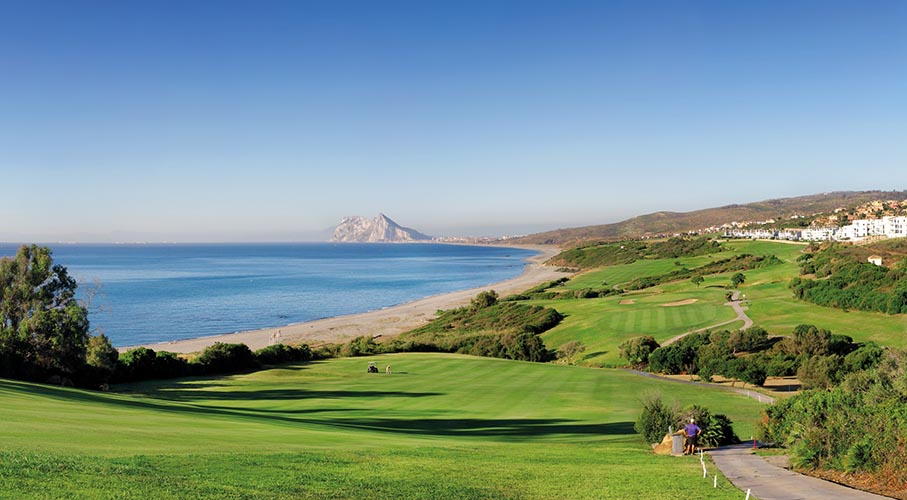
Can you pick out a couple of holes on the course that you especially like and tell us a bit about them?
The holes along the ocean obviously stand out. The fifth hole, a downhill par-
five, will be the most photographed hole in Spain. When you stand on the tee, you’re looking straight down the coast of the Mediterranean and straight at the Rock of Gibraltar. On days that you get the Poniente wind, you’ll be able to see all the way over to Morocco. We reshaped this hole entirely and moved a huge amount of earth to get this to play the way we wanted it to play. We changed the fairway to create lies to suit golfers, giving them a legitimate chance to reach the green in two or play a decent lay-up shot. Before, the lies were always on awkward downhill slopes and extraordinarily difficult. The green wasn’t originally on the ocean, it was around 60 yards away, so I slid the green down to where the 13th green was and then combined the two greens to make a huge double green right on the ocean’s edge. It’s now around 21,000 square feet (1,950 square metres) and probably the largest green in Spain. This green is now incredibly dramatic. and will be sure to get people talking and burn a hole in golfers’ memories.
The ninth hole was one of my least favourite and weaker holes of the original golf course. We moved the most earth on this hole to drastically improve it, making it one of the most enjoyable and one that I feel people will like the most. This is definitely the most different and enhanced hole – it’s now a truly beautiful golf hole. We moved the green left by 20 metres and cut it down and raised the fairway up. We also incorporated some fairway bunkers on the right-hand side of the hole so that it’s banked hard from right to left, still leaving ample fairway space for an uphill approach shot onto the green.
Other highlights include the par-three sixth. This used to be a forgettable hole where you played across a pond. We removed this pond and made it one of the most demanding holes on the golf course, despite being the shortest. It has a spectacular perched green with the Rock of Gibraltar right behind it.
The 13th green is one of the most interesting on the course, as it connects with the aforementioned fifth as a double green. It has a St Andrews “links” feel with some big contours, movements and unique pin positions. The Carbonera Lighthouse provides a spectacular backdrop to this hole.
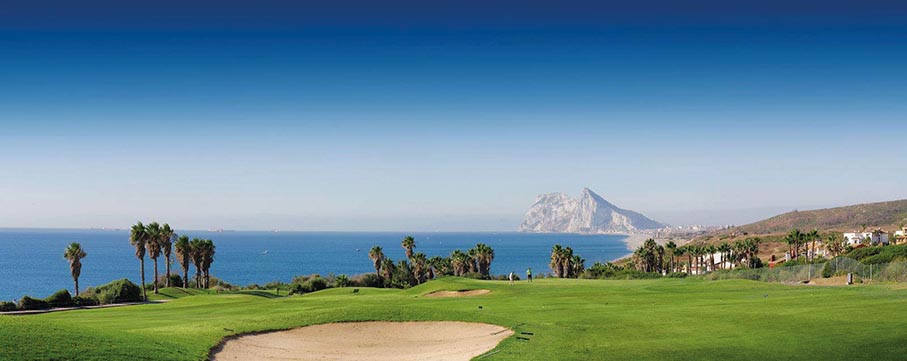
When the La Hacienda project is completed, what will it do to elevate the resort’s status on the world stage as a golf destination?
There are lots of great golf courses on the Costa del Sol. One thing it was missing was a great ocean-front links golf course. Now this has been added to the mix – along with the five-star hotel, real estate, clubhouse, practice facilities, beach club and halfway house – this has elevated the entire development.
As great as the other venues nearby are, none of them are set in a location even close to La Hacienda. This is honestly one of the most dramatic and spectacular views I’ve seen from a golf course in the entire world.
Now you combine this with a great golf course that’s enjoyable to play for every level of golfer and it will definitely be in the conversation for one of the best courses in Spain – and added to the list of must-plays for golfers touring the Costa del Sol.





